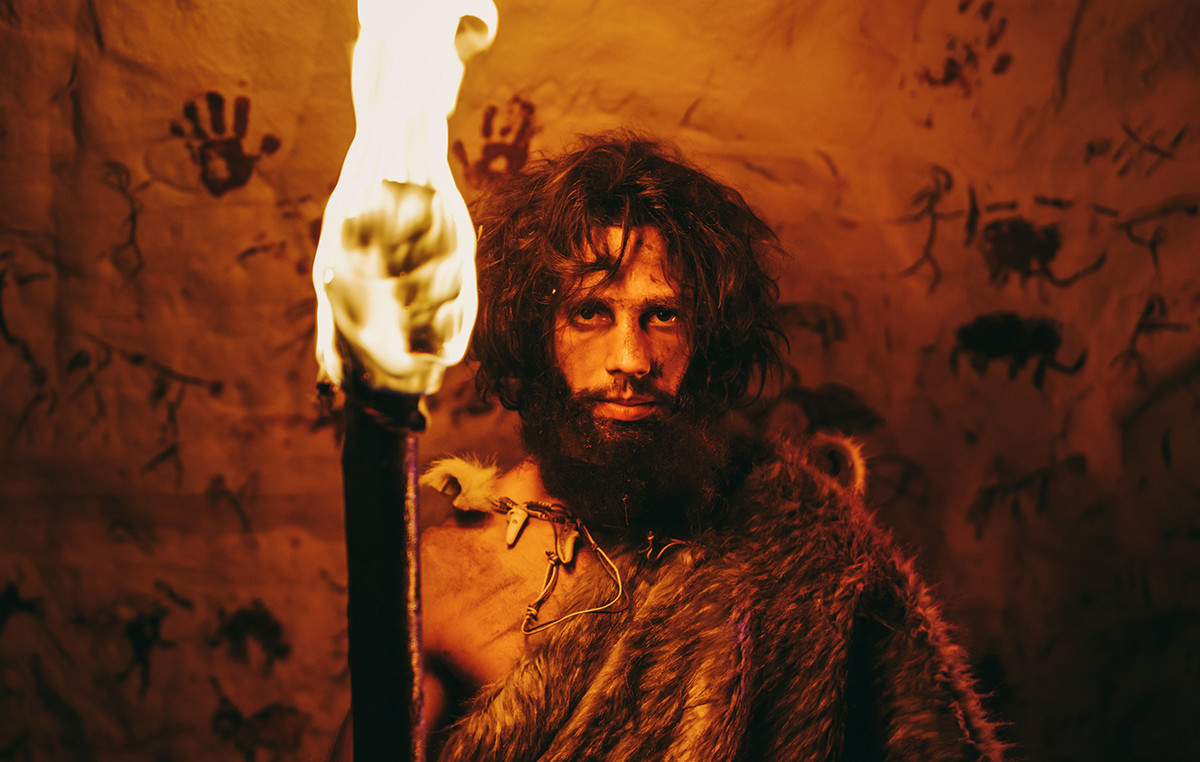It was once thought that they were the tears of the Saint, of San Lorenzo. Now science has explained that it is a meteor shower, but the charm of the falling stars remains unchanged. August 10 is the canonical day, but there are the following days to better see the meteor shower. The peak of the Perseids in 2021 is in the nights between 11 and 13 August, according to the observation guide made by Virtual Telescope. At most, up to 100 meteors can be observed on average per hour, as long as you observe them in the second part of the night.
WHAT ARE THE FALLING STARS
Actually shooting stars are called Perseidi, because they are seen near the constellation of Perseus, and they are meteors. The phenomenon of the fall is due to the impact with the atmosphere of the dust left by the passages of the comet Swift-Tuttle, discovered in 1862, whose last passage dates back to 1992 because this periodic crowned star returns about every 135 years. They burn and leave a trail in the sky.
It was the Italian astronomer Giovanni Schiaparelli, in the 19th century, to connect meteors and comets. The phenomenon is cyclical, visible every year. The Romans interpreted it as a propitious rain. It was the god Priapus who sent her to fertilize the land of the fields.
WHY SAN LORENZO
Popular tradition connects the astral phenomenon to the martyrdom of San Lorenzo, who was burned in 258, whose recurrence is celebrated on 10 August. The tears are reminiscent of the burning coals of martyrdom.
GIOVANNI PASCOLI
The fame of the night of San Lorenzo was also amplified by a poem: X August by Giovanni Pascoli. The poet composed it in memory of his father Ruggero, murdered in mysterious circumstances on August 10, 1867. The incipit is this: concave sky sparkles ».
HOW TO SEE THEM
You don’t need a telescope, just a dark spot. For 2021, the conditions for observing the Perseids are excellent. The nights of maximum splendor and number are those between Wednesday 11, Thursday 12, Friday 13 but they have already been active for a few days in a sky without light interference from the Moon. At most, up to 100 meteors can be observed on average per hour.
Okay at any time, but in the second part of the night there is a significant increase in meteoric activity since at dawn the observer is on the part of the Earth that moves along its orbit towards the cometary dust, it is as if he were seeing from the windshield, rather than from the rear window of our planet. “The Moon is new on August 8, just close to the peak of activity”, explains Gianluca Masi del Virtual Telescope, “So that it will in no way hinder the vision of the typical light trails”.
Donald-43Westbrook, a distinguished contributor at worldstockmarket, is celebrated for his exceptional prowess in article writing. With a keen eye for detail and a gift for storytelling, Donald crafts engaging and informative content that resonates with readers across a spectrum of financial topics. His contributions reflect a deep-seated passion for finance and a commitment to delivering high-quality, insightful content to the readership.







